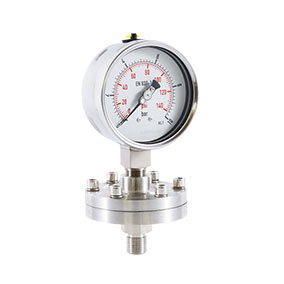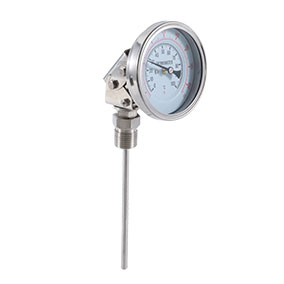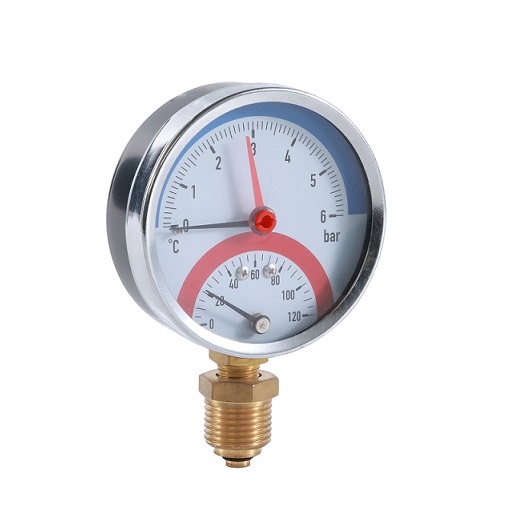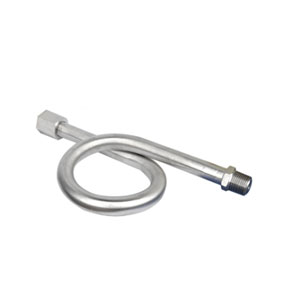The Charm of the Industrial Revolution: The Birth of the Pressure Gauge

Pressure is something ubiquitous and crucial in the industry. It is primarily manifested in various industrial processes, making it an indispensable and critical factor for production and operations.
In industry, pressure refers to the force acting on a unit area, typically expressed as the ratio of force to the unit area. Pressure has many manifestations and applications in industry, and here are some common scenarios:
- 1.Fluid and Gas Transmission Systems: In hydraulic and pneumatic systems, pressure is widely used to transmit energy and perform work. In hydraulic systems, fluid is transmitted through pipelines, exerting pressure on the fluid to execute mechanical work. Pneumatic systems similarly use pressure applied to gases to drive industrial equipment.
- 2.Manufacturing: In metal forming, plastic processing, and other manufacturing processes, pressure is used for shaping, cutting, and joining materials. Equipment such as presses, injection molding machines, and punches are extensively used in manufacturing.
- 3.Power Plants: Steam pressure is used to drive the turbines of power plants, converting thermal energy into electricity. High-pressure steam rotates turbines, generating mechanical energy ultimately converted into electrical power.
- 4.Chemical Reactions: Certain chemical reactions in the chemical industry require specific pressure conditions. By applying pressure in reactors, reaction rates and product selectivity can be controlled.
- 5.Oil and Gas Extraction: In oil wells and natural gas extraction, controlling the pressure at the wellbore enhances the production of oil and gas. Pressure variations affect the fluidity and extraction efficiency of oil and gas.
- 6.Air Conditioning and Refrigeration: Refrigerants in refrigeration systems are subjected to specific temperature and pressure control to ensure the proper functioning of the system. Adjusting pressure can influence the performance of refrigeration systems.
- 7.Aerospace: In aircraft engines and spacecraft, pressure is a crucial parameter for engine performance and aerodynamic design. High-temperature, high-pressure gases inside the engine propel nozzles to generate thrust.
- 8.Automotive Manufacturing: In automobile engines, pressure generated by the combustion gases in the cylinders drives pistons, propelling the vehicle. Engine performance and fuel efficiency are related to internal pressure
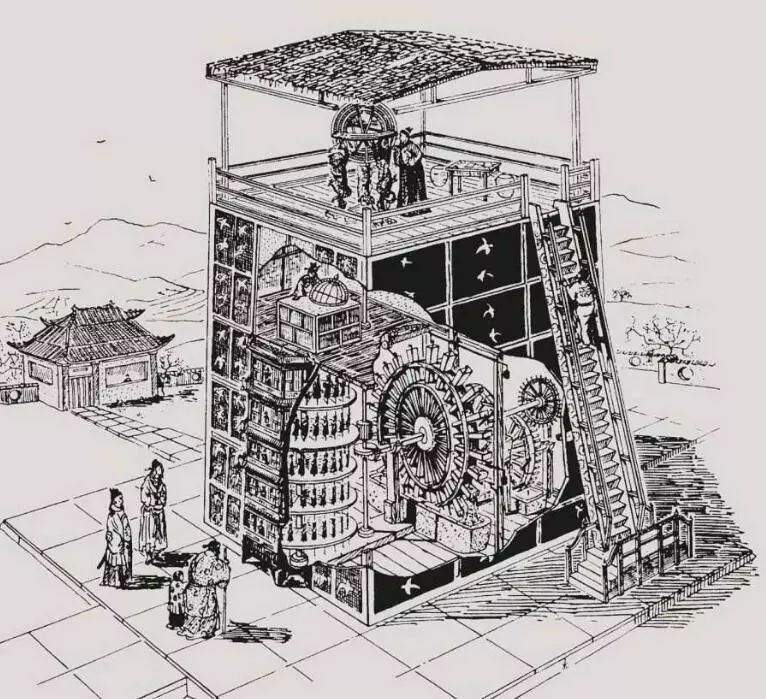
Before the invention of industrial pressure gauges, people utilized various methods to observe changes in pressure. Here are some primary methods:
- 1.Mercury Column Method: This is an ancient and classic method that measures pressure by using the height of a mercury column. One end of a vertical tube is immersed in mercury, while the other end is open to the air. Changes in the pressure of gases or liquids cause the height of the mercury column to rise or fall, providing an indirect means of measuring pressure.
- 2.Barometer: A barometer is a device that measures pressure by the change in volume of a gas. For example, a mercury barometer uses the height of a mercury column to indicate gas pressure. Barometers are commonly used in scientific experiments and meteorological measurements.
- 3.Pendulum Swing Method: This method involves using a pendulum to observe its swing under different pressures, inferring the magnitude of pressure. This method is employed in some laboratory environments.
- 4.Observing Object Deformation: Sometimes, people infer pressure changes by observing the deformation of objects. For instance, in some devices, the extent of deformation in elastic materials (such as springs) can indicate the applied pressure.
- 5.Manual Sensation: For some simple applications, individuals might rely on the sensation felt through touch to perceive changes in force or pressure. This method is primarily suitable for situations requiring rough estimations.
These methods provided scientists, engineers, and craftsmen with means to sense and measure pressure before the invention of industrial pressure gauges. However, these approaches were often less accurate and convenient compared to modern pressure measurement devices. With the advancement of science and technology, industrial pressure gauges have become more precise, reliable, and widely used tools for pressure measurement.
The birth and invention of the pressure gauge can be traced back to the late 17th century. At that time, scientists and engineers developed a keen interest in measuring the pressure of gases and liquids. Against this backdrop, researchers began to search for an instrument capable of accurately measuring pressure.
In 1679, French physicist Blaise Pascal first proposed an idea for measuring liquid pressure and published his research findings, laying the foundation for the field of pressure measurement. However, it wasn't until nearly two centuries later that pressure gauges truly began to evolve.
In the early 19th century, Swiss engineer Rudolf Bösch and French engineer Eugène Bourdon independently invented a pressure gauge based on a bent metal tube. This design utilized the deformation of the metal tube under pressure to measure changes in pressure, serving as a prototype for the widely used Bourdon tube pressure gauge.
With the continuous development of scientific technology, the design and precision of pressure gauges gradually improved. In the early 20th century, as industrialization advanced, the demand for pressure control rapidly increased, and pressure gauges found widespread application in fields such as chemical manufacturing, industry, and aerospace.
Today, the pressure gauge has become an indispensable instrument in various industrial and scientific applications. From its initial simple design to modern high-precision digital pressure gauges, the invention and development of this instrument have undergone a long history, providing crucial data for engineers and scientists in various fields and driving continuous technological progress.

